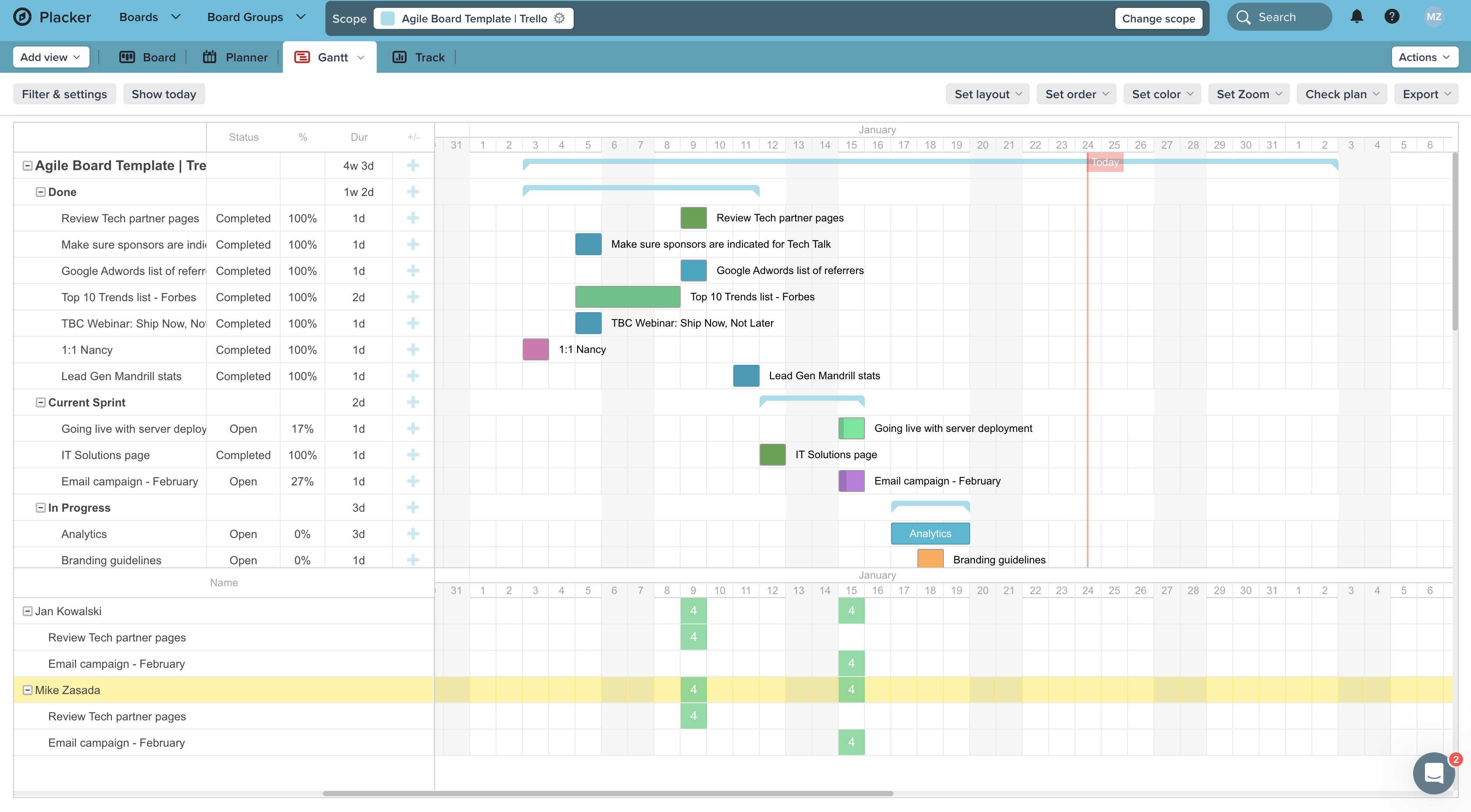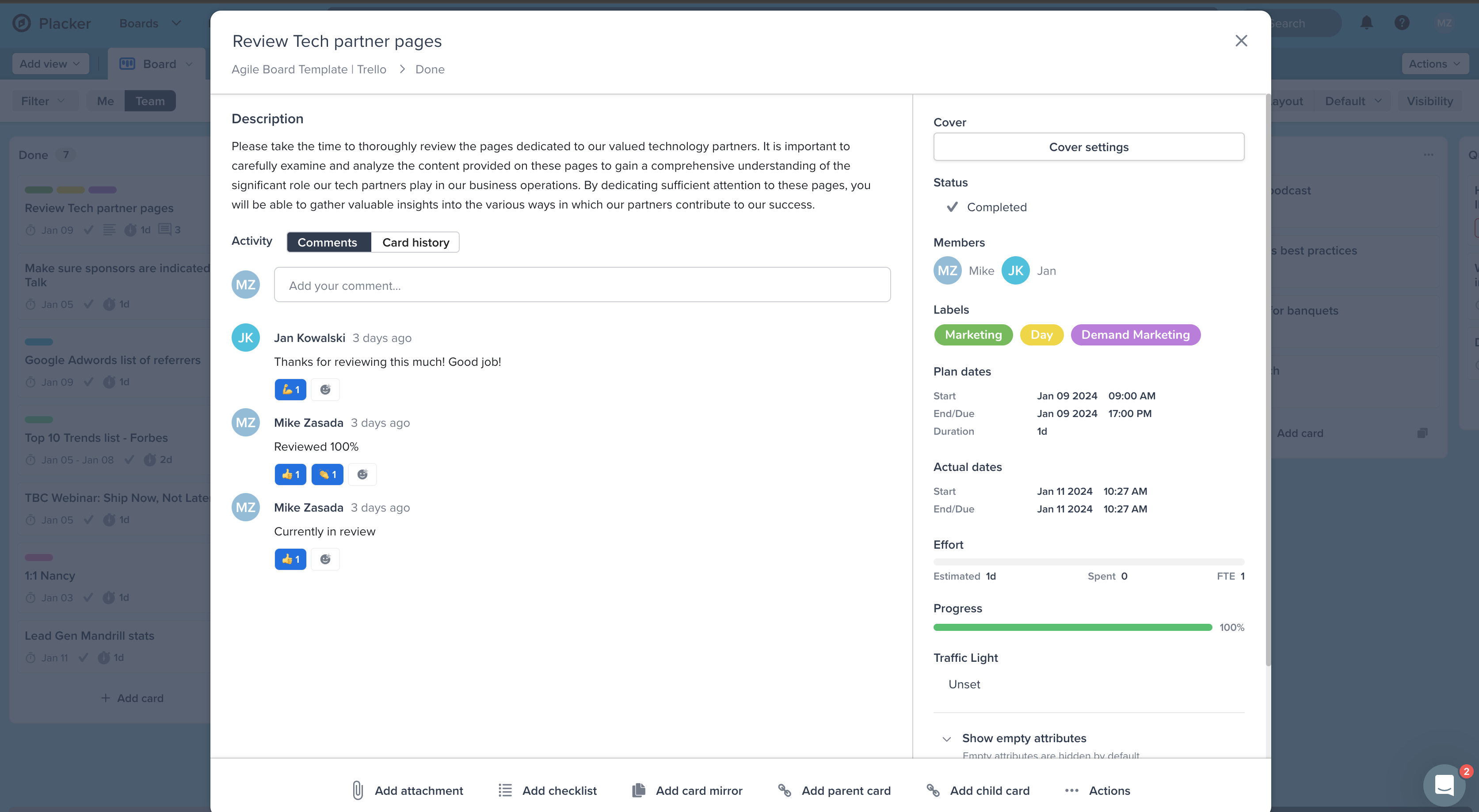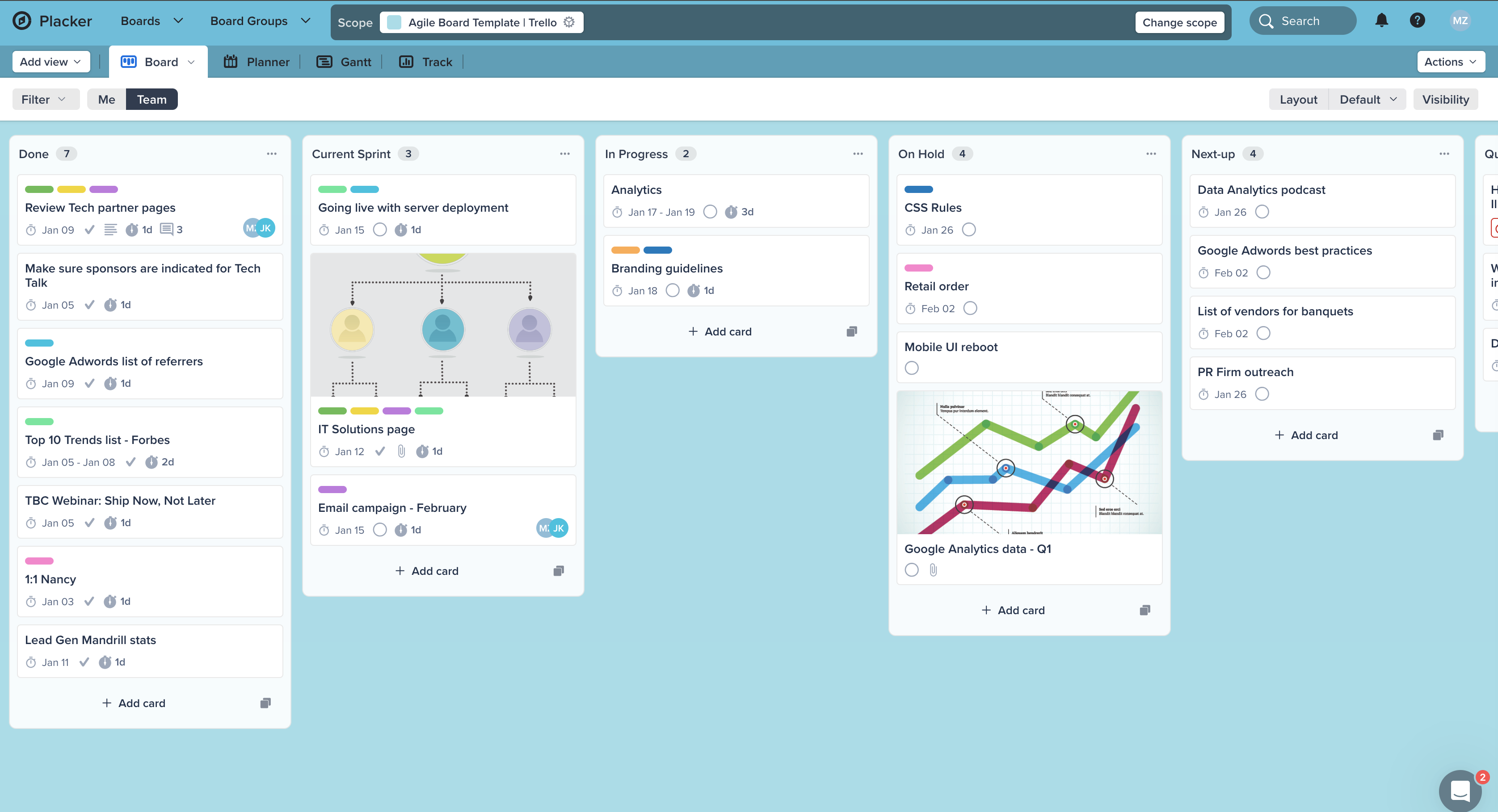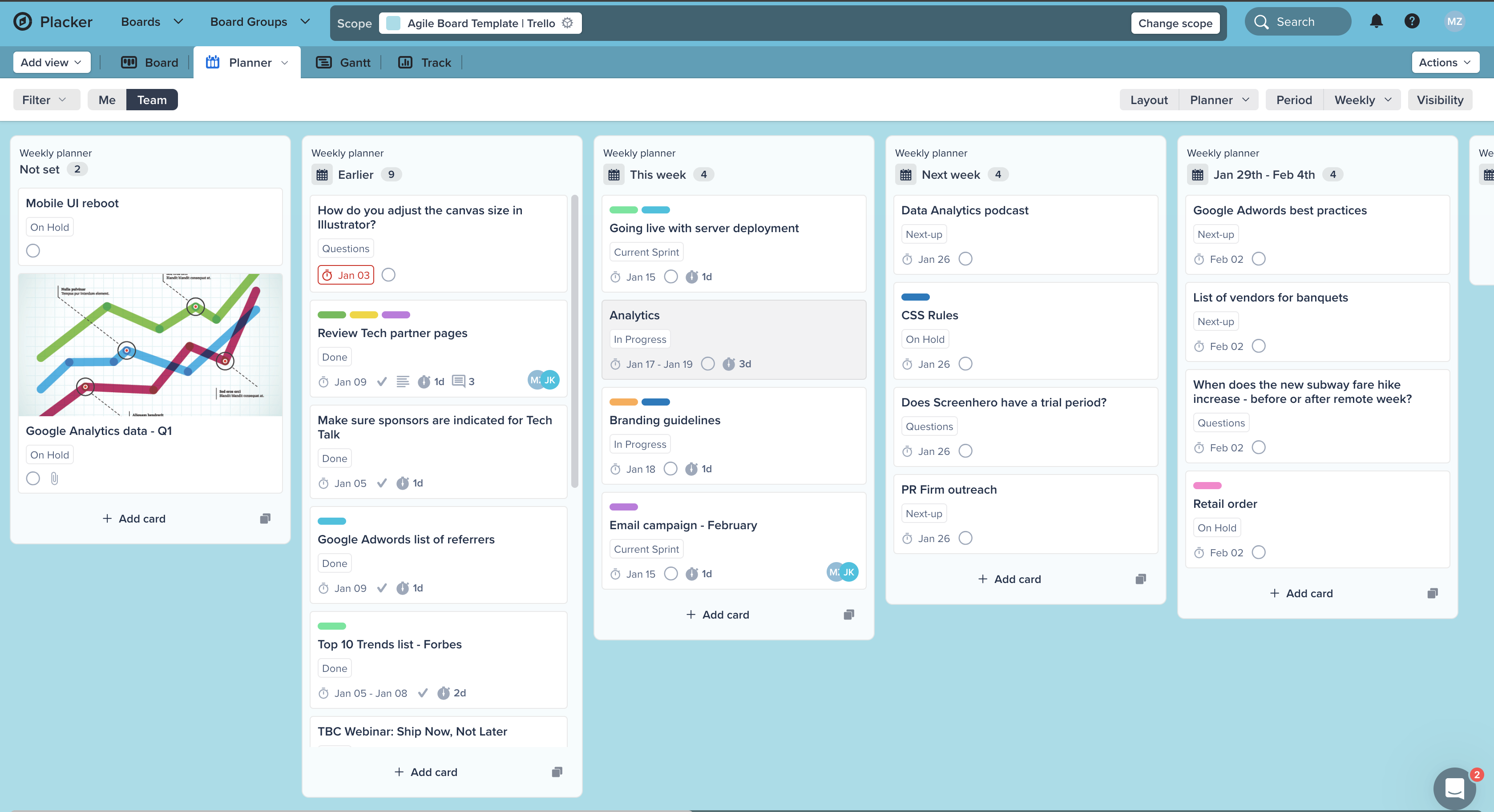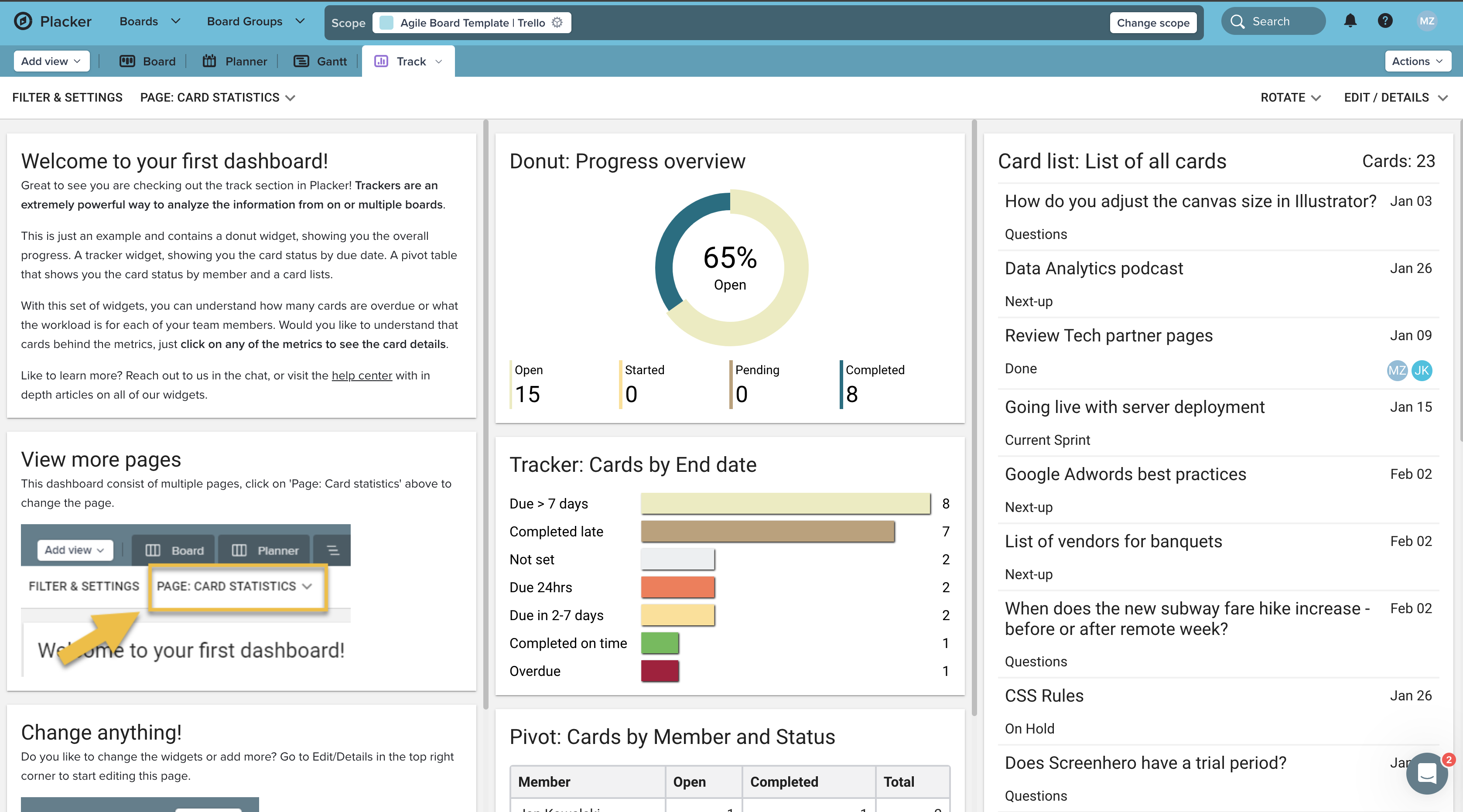
Poland

Poland

Website
Placker is a project management SaaS from the Netherlands. A comprehensive tool for managing work across teams and projects. Used globally by 130k users including companies like Accenture and Expedia.
Placker was already a mature SaaS product used by thousands of teams in over 40 countries around the world. Users love it because of the large feature set and tremendous flexibility. When we first saw it, we were impressed as well. Almost any option you imagine for a project/task management software - Placker has it!
An impressive number of features, introduced in the first few years, increased code complexity and added undesirable dependencies. This made the development of further features difficult and time-consuming. It also increased the effort required for maintenance and raised the entry threshold for new developers. Placker's architecture enabled a quick integration with Trello but at the same time closed it for further integrations.
Our challenge was to introduce an agile process of architecture refactoring to restore the product growth and make it extremely open to extending the feature and further integrations.
Our agile process of architecture refactoring resulted in a steady, 4% yearly decrease in software complexity. New architecture was introduced step by step, making Placker easier to maintain, develop and integrate with every iteration. After 18 months we managed to reduce the maintenance effort and development time for new features by 40%.

worked on this project
CTO
